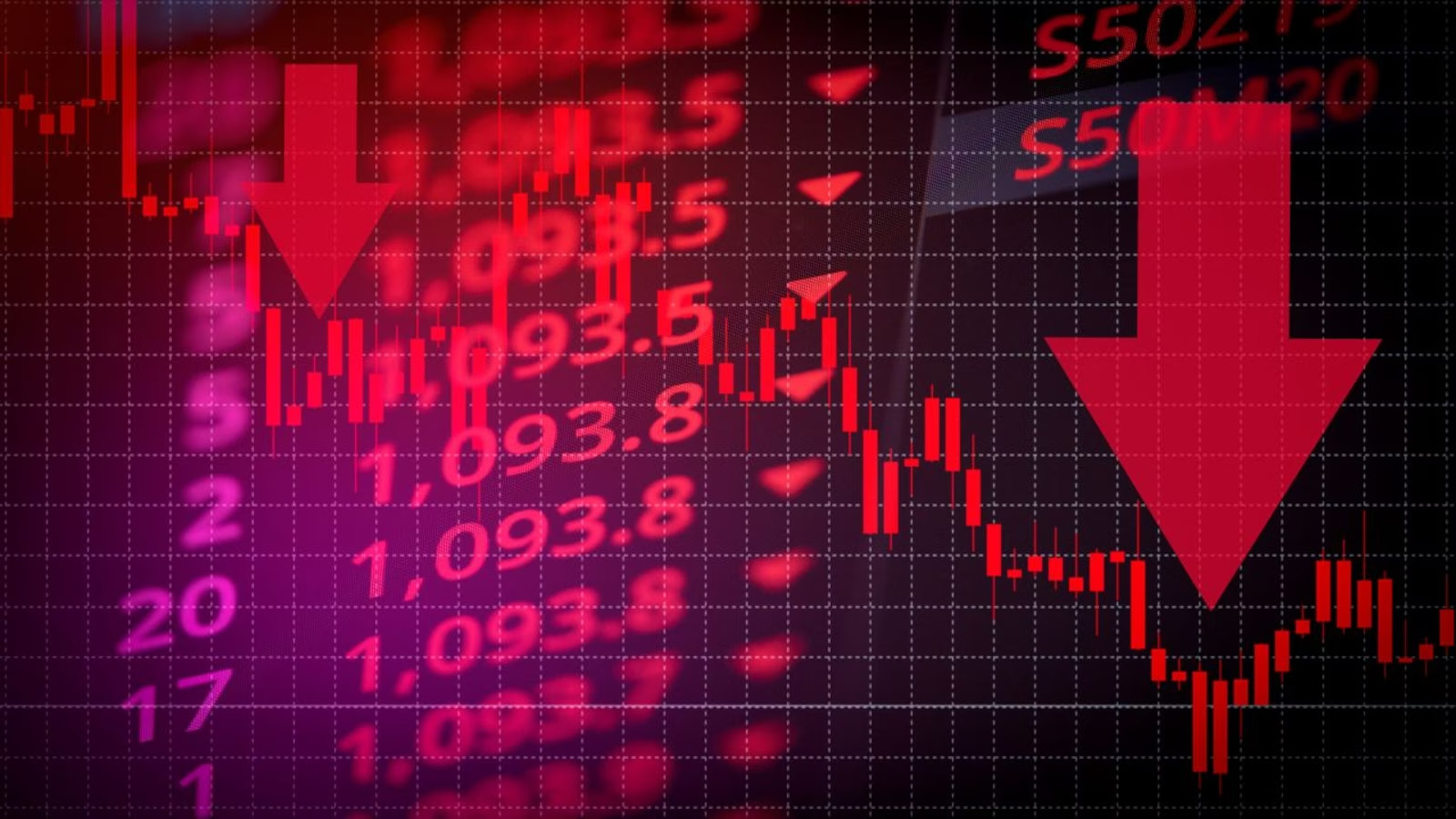
The Sensex and Nifty fell for the seventh consecutive session on Monday, tracking weak global cues as investors considered a prolonged high-interest rate regime and recession fears. The Sensex and Nifty both finished at four-month lows.
Starting on a negative note, the BSE Sensex fell over 500 points to briefly trade below 59,000 before regaining some lost ground at the session’s end to end at 59,288 – a loss of 176 points or 0.30 percent. This was the lowest point since October 20 of last year.
Similarly, the NSE Nifty dropped 73 points, or 0.42 percent, to 17,393, its lowest level since October 17, 2022.
Tata Steel, Infosys, Tata Motors, TCS, M&M, L&T, HCL Tech, and Reliance were major losers on the Sensex, falling as much as 3%.
ICICI Bank, PowerGrid, Kotak Bank, ICICI Bank, HDFC, and NTPC rose, limiting the indices’ losses.
The decline in IT shares can be attributed to fears that the US market slowdown will be prolonged, as recent macro data reinforced fears of a prolonged high-interest rate regime in that country. The United States accounts for a sizable portion of Indian IT companies’ revenue. The personal consumption expenditures price index, the preferred inflation measure of the United States Federal Reserve, increased in January, according to data.
This data has stoked new concerns among investors that the Federal Reserve may need to keep interest rates higher for longer to combat inflation.
“Bears continued to wreak havoc in the domestic market as the latest US data releases heightened already-existing concerns about aggressive rate hikes. Personal consumption expenditure in the United States increased in January, putting pressure on investors to stay away from equity markets. The US dollar index has surpassed 105, putting additional pressure on the INR “said Vinod Nair, Geojit Financial Services’ Head of Research.
On Monday, bourses across Asia saw heavy selling. MSCI’s broadest index of Asia-Pacific shares outside Japan fell 1% after falling 2.6 percent the previous week. Japan’s Nikkei fell 0.2 percent, while South Korea’s fell 1.2 percent.
Investors are bracing for more difficult US data, including the closely watched ISM manufacturing and services measures, the latter of which is especially important following January’s startling surge in activity.






